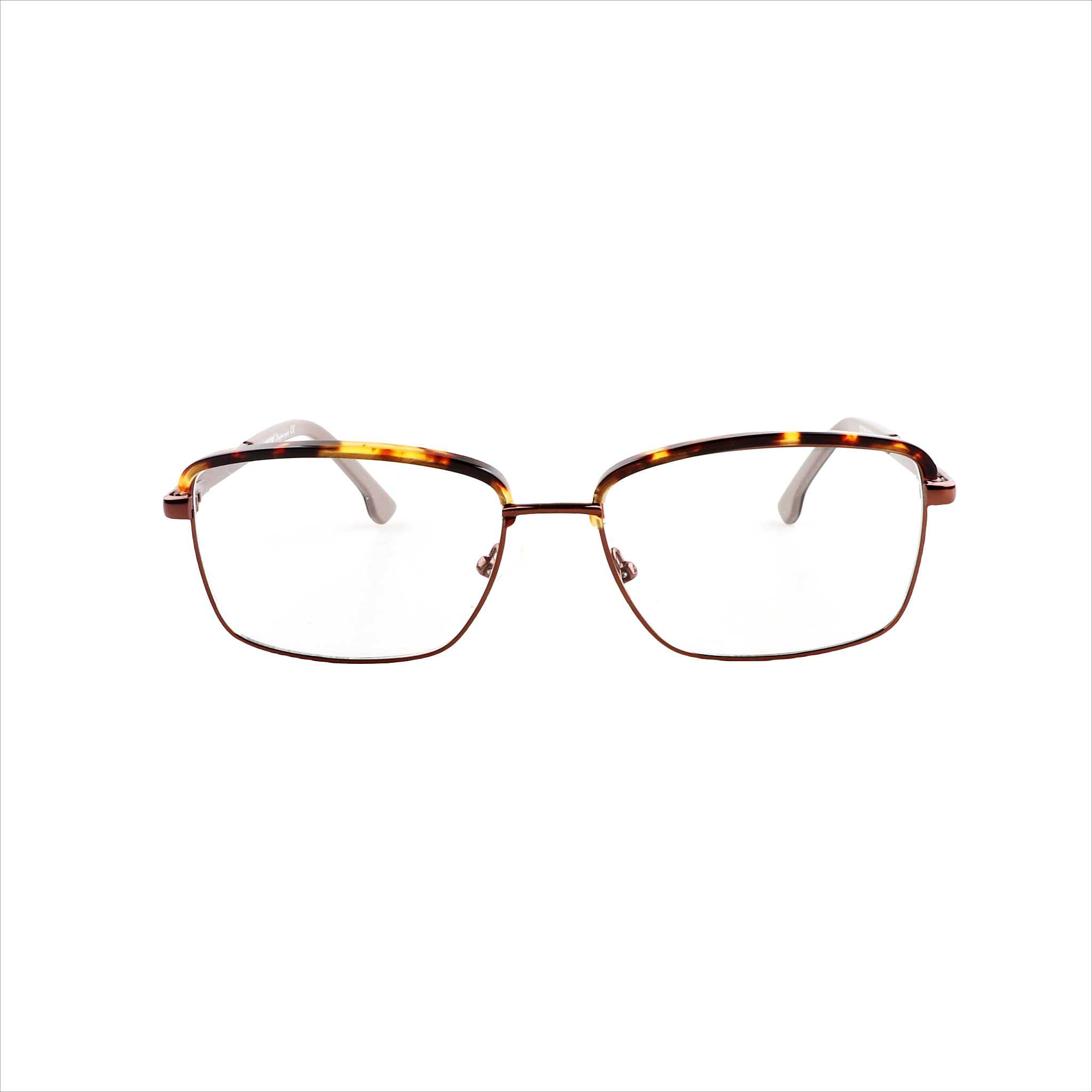Eyeglasses Sizing Guide: Finding the Perfect Fit
Discover the essentials of eyeglasses sizing through our comprehensive guide. We cover everything from understanding frame measurements to choosing the right size. Say goodbye to ill-fitting glasses and hello to comfort and confidence.
How to Measure Your Face for Glasses
If you don’t have an existing pair of glasses to reference, measuring your face size can help you estimate your ideal glasses size. Learning how to measure your face for glasses is a simple way to ensure the right fit. Here are several methods to help you determine your face size, frame size, and frame measurements.
Method : Using a Debit/Credit Card
Did you know you can use a debit or credit card to find your frame size?
The width of a standard card can be compared to a medium (M) frame. Here’s how to do it:

-
Place the Card: Hold the card vertically at the center of your nose.
-
Observe the Alignment with Your Eye:
- Small (S) Frame: The card extends beyond the outer edge of your eye.
- Medium (M) Frame: The card ends at the outer edge of your eye.
- Large (L) Frame: The card ends before reaching the outer edge of your eye.
Key Note: At LENZO Designer Eyes, most of our collections are in the Medium size category, designed to fit an ideal face size. If you’re unsure of your frame size, we recommend starting with a medium frame, as it suits most people.
If you encounter any sizing issues, take advantage of our 14-day, no-questions-asked return policy to find your perfect fit.
Frame Size Chart
|
Eye Size (mm) |
Bridge Size (mm) |
Temple Length (mm) |
Recommended Face Shape |
|
40-44 |
14-18 |
120-130 |
Small, Round |
|
45-49 |
16-20 |
130-140 |
Medium, Oval |
|
50-54 |
18-22 |
140-145 |
Medium to Large, Square |
|
55-59 |
20-24 |
145-150 |
Large, Heart |
|
60+ |
22-26 |
150+ |
Extra Large, Long |
1. The Importance of Frame Size
The correct frame size is essential for comfort, visual clarity, and long-term eye health. Frames that are too small or too large can lead to discomfort and even affect your vision over time.
2. Frame Measurement Breakdown
Each eyeglass frame typically has three key measurements, printed on the inner temple arm in the following order:
Lens Width – Bridge Width – Temple Length (all in millimeters)
Example: 52-18-140
- Lens Width (52mm): The diameter of one lens, impacting face coverage.
- Bridge Width (18mm): Distance between lenses, determining fit across the nose.
- Temple Length (140mm): Arm length that affects how securely glasses rest on the ears.
3. Key Measurements for Frame Fitting
Lens Width (Horizontal Fit):
- Small: 47mm and below (for narrower faces)
- Medium: 48mm-52mm (average fit)
- Large: 53mm and above (for wider faces)
4. Frame Size Considerations for Different Face Shapes
- Round Face: Rectangular and square frames add angles and contrast.
- Oval Face: Most frame shapes work well; experiment with various sizes.
- Square Face: Round or oval frames soften angular features.
- Heart Face: Bottom-heavy frames balance a broader forehead.
5. Prescription Considerations: Lens Thickness and Frame Selection
Certain prescription strengths and lens types may impact your choice of frames:
- Single Vision Lenses: Compatible with most frame styles.
- Progressive/Bifocal Lenses: Require frames with a minimum lens height of 30mm.
- High Prescription Powers (above +/-4.00): Avoid wide frames; smaller lens widths (48mm-52mm) reduce lens thickness for a streamlined look.
6. Special Lens Treatments and Add-ons
- Anti-Reflective Coatings: Great for high-index lenses or frequent screen use.
- Blue Light Filtering: Ideal for extended digital screen exposure.
- Photochromic Lenses: Require a larger lens width for optimal light responsiveness.
Conclusion
Finding the right frame size is key to enjoying comfort, style, and optimal vision. Accurate measurements and consideration of your face shape can help you choose eyewear that enhances both appearance and functionality.











